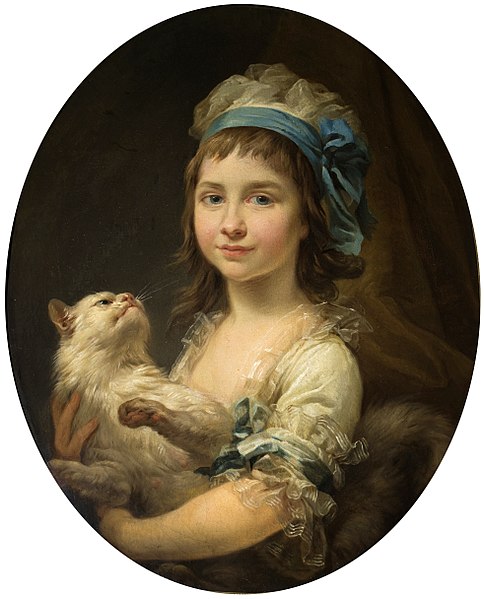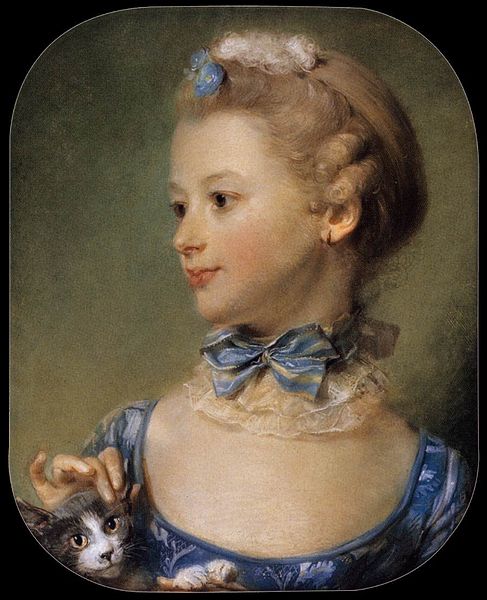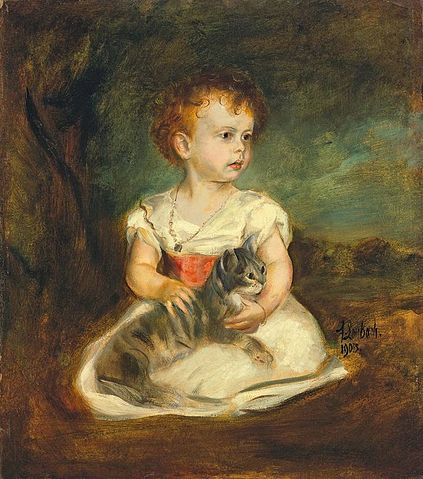
Thammasat University students interested in biology, sociology, and zoology may find it useful to consider a free download available from the TU Library Cambridge Core database.
The Domestic Cat: The Biology of its Behaviour edited by Dennis C. Turner and Patrick Bateson may be downloaded using TU-WiFi.
Dr. Dennis C. Turner was a Senior Research Associate at the Zoology Institute, Department of Animal Behavior, University of Zurich, Switzerland.
Professor Patrick Bateson was an English biologist who taught at the University of Cambridge, the United Kingdom.
The updated third edition of their study explains for the general reader what is scientifically known about cats as house pets.
There are research results about much-loved cats and those who survive in the streets. How cats communicate with each other is examined, and also some information for people who admire their cats so much that they might wish to enter them in competitions.
As one chapter about showing such high-level cats explains,
Orange cats are more common in the Far East than in Europe, pointed cats originated in Siam and the longhaired gene appears to have occurred first in Russia and travelled further via trading routes to Persia and Turkey. During the nineteenth century when many of the aristocracy and wealthy middle classes travelled extensively in Europe, Asia Minor and beyond, it became fashionable to bring home exotic pets including cats. Careful breeding took place to continue the colour, pattern and coat length and people were then keen to ‘show off’ their prized possessions. The earliest recorded ‘Cat Show’ took place in England at the St Giles Fair in Winchester in 1598 with prizes awarded for the ‘best ratter’ and ‘best mouser’.
Thailand and cats
What is called the Thai cat (วิเชียรมาศ) is an old cat breed, related to what in the West is today the Siamese cat. Yet the Thai cat is not identical to the Siamese cat. Its name in Thai, Wichian Mat, literally means moon diamond. The Thai cat has rounder eyes, face and body than today’s so-called Siamese cat. Also, the Thai cat has smaller ears. Cats were exported from the Kingdom as early as the 1800s, and not until the 1980s did cat breeding associations in North America and Europe aim to preserve the original Thai cat, as opposed to what the Siamese had become. In 1990, the World Cat Federation (WCF) recognized Thai cats as separate breed, eligible to compete in championships. Some cat lovers rejected the name Thai cat, and preferred to call their animals Old-Style Siamese cats. An Old-Style Siamese Club (OSSC) was founded in Great Britain to encourage breeding this cat. The club’s website explains:
Many of you ask us either what is an Old Style Siamese, or why have Siamese changed so much in the last generation? Perhaps first of all we should say that Siamese are a very old breed – much older than their name! In Thailand – the birth place of our first imported Siamese – they are known as the “Wichienmatt” (which means “Moon Diamond” or “Diamonds and Gold). In Thai literature we can see pictures of these beautiful pointed cats going back thousands of years. We have known and loved them in the UK for over 120 years. When we first brought them over, we called them “Siamese” after their native country of Siam – renamed Thailand in 1939. Most of the pedigreed Siamese that you see in the UK today – both Old-Style and Modern can trace their genealogy back to the first cats brought back from Thailand – and as such are genetically identical…It has become a question of levels of interpretation and personal choice between breeders and judges as to how they select their cats for breeding and which type they wish to breed. For example with eye colour the standard has always described a seal points eyes’ as “clear and vivid”… in the 1902 standard they were described as “bright and decidedly blue”, in 1952 “clear, bright and decidedly blue”, in 1952 ” a clear, brilliant deep blue”, in 1976 again “a clear, brilliant deep blue”..and it is still the same. However you will find the interpretation varies from a paler more vivid periwinkle blue with the Old Style Seal Siamese (which is truer to how they used to be, and still are in Thailand), to a deep navy blue with the show seal Siamese. Both are of course equally stunning!
In 2007, The International Cat Association (TICA) accepted the name of Thai cat as a separate breed.

Thai literature and cats.
As The Bangkok Post reported in 2013,
The Tamra Maew is an ancient collection of poems about Thai cats, dating back to around 1350. It describes 23 different breeds – 17 that bring good luck and six that bring bad. Each was said to be an omen for a different blessing or curse. Today only five of those 23 breeds survive. Preecha Pookabut, a self-taught cat breeder, has spent the last 50 years attempting to resurrect the 18 extinct breeds and preserve the five that remain.
These illustrated Thai manuscripts exist in eight different versions, almost all written in rhyming verse, which is why the Tamra Maew is also referred to as the cat poems. Copies are preserved in the National Library in Bangkok, the National Museum Bangkok, and the Museum of Indian Art in Berlin. The Tamra Maew compares some cats to lions, and the jet-black cats with golden yellow eyes were thought to bring luck. A Khao Manee or diamond eye cat was thought to bring good luck and long life to its owners. The cats are noteworthy for having one bright blue eye and one that is golden yellow. Blue-grey Korat cats are still sometimes given to newlywed couples to wish them an auspicious marriage. In north-eastern Thailand, these cats also participate in rain-making ceremonies. The historian Martin Clutterbuck writes about Tamra Maew in an article posted online:
Tamra Maew—“Treatises on Cats.” Illustrated catalogues of auspicious and sometimes also inauspicious cats, they are traditionally regarded as having their origin in the Ayutthaya period (1351–1767), although all extant manuscripts today date from after the Bangkok restoration (1782 onwards). The treatises—possibly the oldest breed standards in the world—typically list seventeen types of auspicious cats, though some include as many as twenty-two. Presented on the following pages are illustrations of fourteen auspicious cats from a mid-nineteenth-century Tamra Maew. The corresponding breed descriptions are derived from the best-known version of the manuscript: an early nineteenth-century variation currently in the collection of the National Library of Thailand.

(All images courtesy of Wikimedia Commons)

